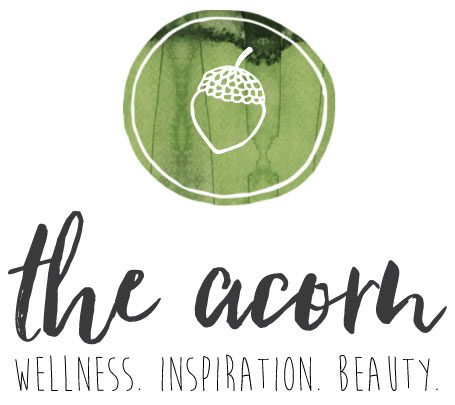Chances are you've heard the buzzwords 'alkaline' and 'acidic' bandied about when it comes to nutrition and health. Sounds like a buzz kill, and about as much fun to talk about as algebra. Is it really important for you to know these concepts? The answer is yes: your overall wellness may depend on it.
It's actually quite simple. Alkalinity and Acidity refer to opposite ends of the pH scale. They’re the physical representation of balance in our bodies.
This spectrum runs from 0 (acidic), to 14 (alkaline). Water, for example, is completely neutral at the midway point of 7, while battery acid is a pH of 1 (eek!), and lye, traditionally used in very small quantities for making soap, hovers near 13 (again, eek!).
Most of the food we eat falls somewhere in the middle ground between these two extremes. Not surprisingly, we tend to LOVE the food and drink that falls on the acidic end of the scale. Acidic choices, for example, include meat, dairy, alcohol, carbonated beverages, and processed foods. Alkaline choices include vegetables, most fruit, sprouted legumes and grains, millet, buckwheat, and quinoa.
How This Works in Your Body
The foods we ingest, combined with the lifestyle choices we pursue, have a direct effect on the balance of these two elements in our body, and in correlation, on our overall wellness.
While maintenance of blood pH is a matter of life and death, tissue pH can vary significantly (you’ll find out how to measure your tissue pH at the bottom of this article).
In North America, our go-go-go lifestyles and habit of eating processed foods tend to equal high levels of tissue acidity. This, in turn, is the playground of inflammation (think arthritis), harmful bacteria, viral infections, and cancer cells.
Acidity is also the main reason for osteoporosis, since the calcium in our bones (alkaline) is used to ‘buffer’ the body’s acidity. This is nature’s attempt to bring us back into balance; unfortunately constant withdrawals on our mineral stores take their toll, and over time, weaken our bones.
Bringing Yourself Into Balance
The solution, of course, is to hedge your bets with enough alkaline behaviours and foods that the acidic choices are neutralized. It’s critical to remember that food is not the only culprit in creating acidity in our bodies. Acidity is also created by all forms of stress; physical, emotional, and mental. Unhappiness and angst take their toll, and can be equally as damaging as poor nutritional choices.
Making a mindful effort to keep a tally of the good vs. the bad in your typical day is a great place to start. Alkaline choices include a nutritious diet, regular exercise, quality time with friends and family, a good night’s sleep, mindfulness, and plain old fun and laughter (they do say laughter is the best medicine, and it’s probably true).
Here comes the tricky part: obsessing over your pH levels will do you more harm than good - see stress, above. Acidic foods and life factors are just that: they’re part of a normal, everyday life. The point is not to remove them completely, but to moderate them with the good stuff. Health is about balance, after all, and that includes doing things that make you happy (remember the 80/20 Rule).
Perhaps the final word should go to Hippocrates, the founder of modern medicine. He believed that health was achieved with a perfect balance of “meaningful work, recreation, breathing, quiet time, water, occasional fasting, and gratitude”. If we can carry this ancient nugget of wisdom forward, we may just find the wellness we seek.
How to Test Your pH
A pH score of 6.75 to 7.0 is considered excellent. Most North Americans hover somewhere in the range of 5.5 to 6.0. Test kits are available in most health food stores, and typically measure tissue acidity with either a urinary or saliva sample, 2-4 times a day over several days, to come up with an average.
Since your body is constantly in the process of establishing balance, there can be significant discrepancies in your pH levels, but over a few days, a pattern generally occurs. If you find yourself on the acidic end of the scale, it may be time to take a closer look at what components of your diet and lifestyle are at the root of this reading.





